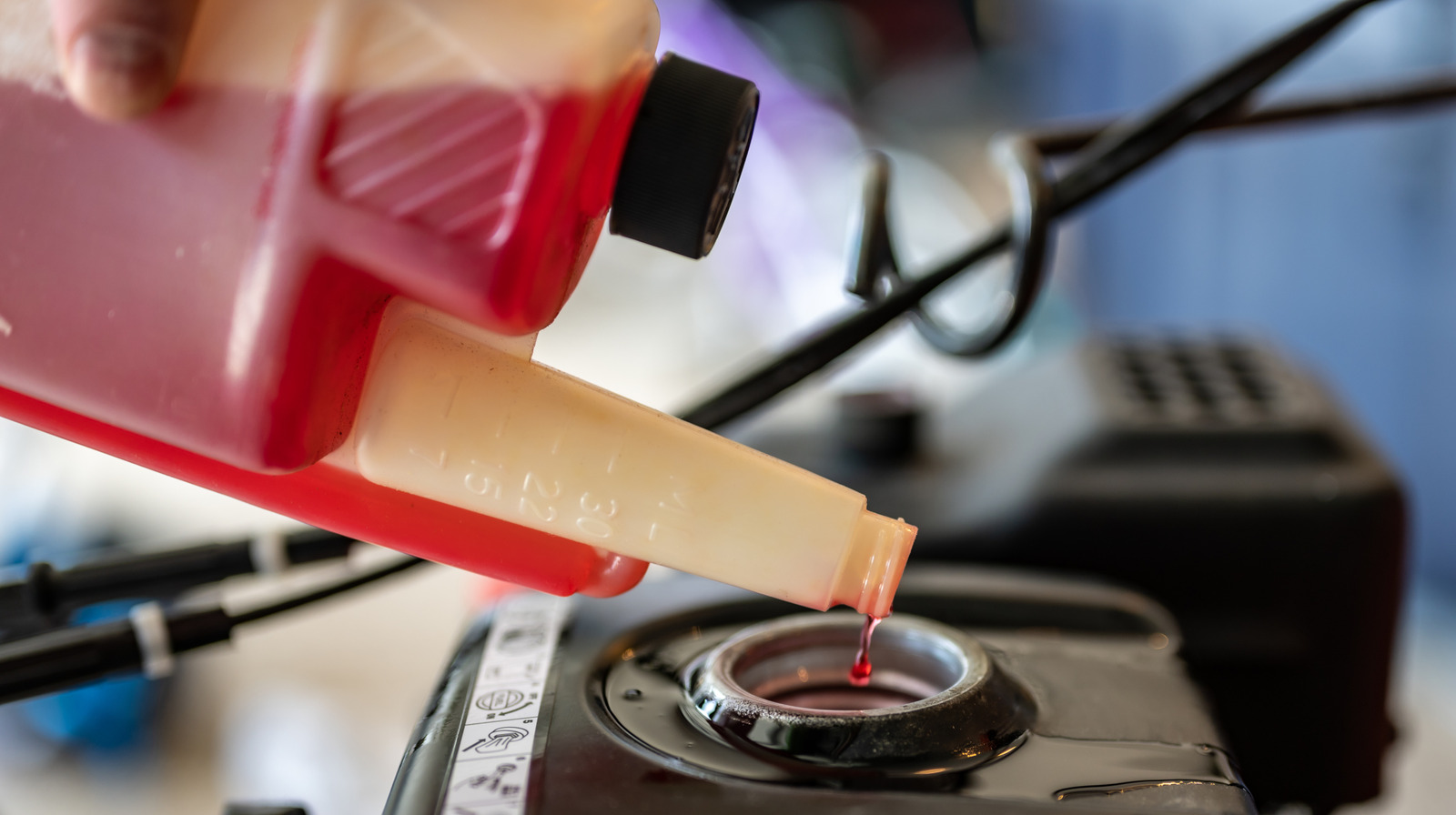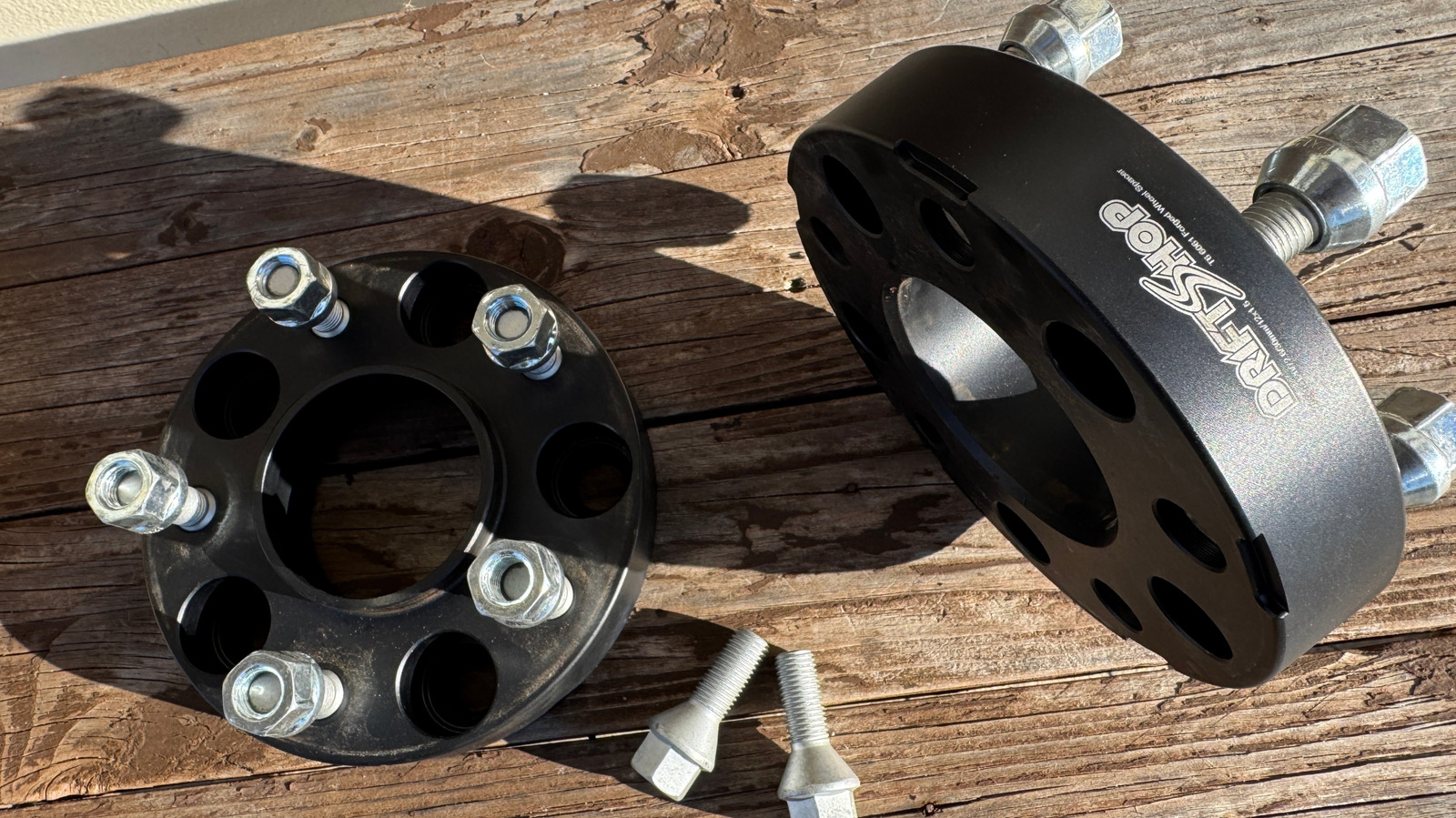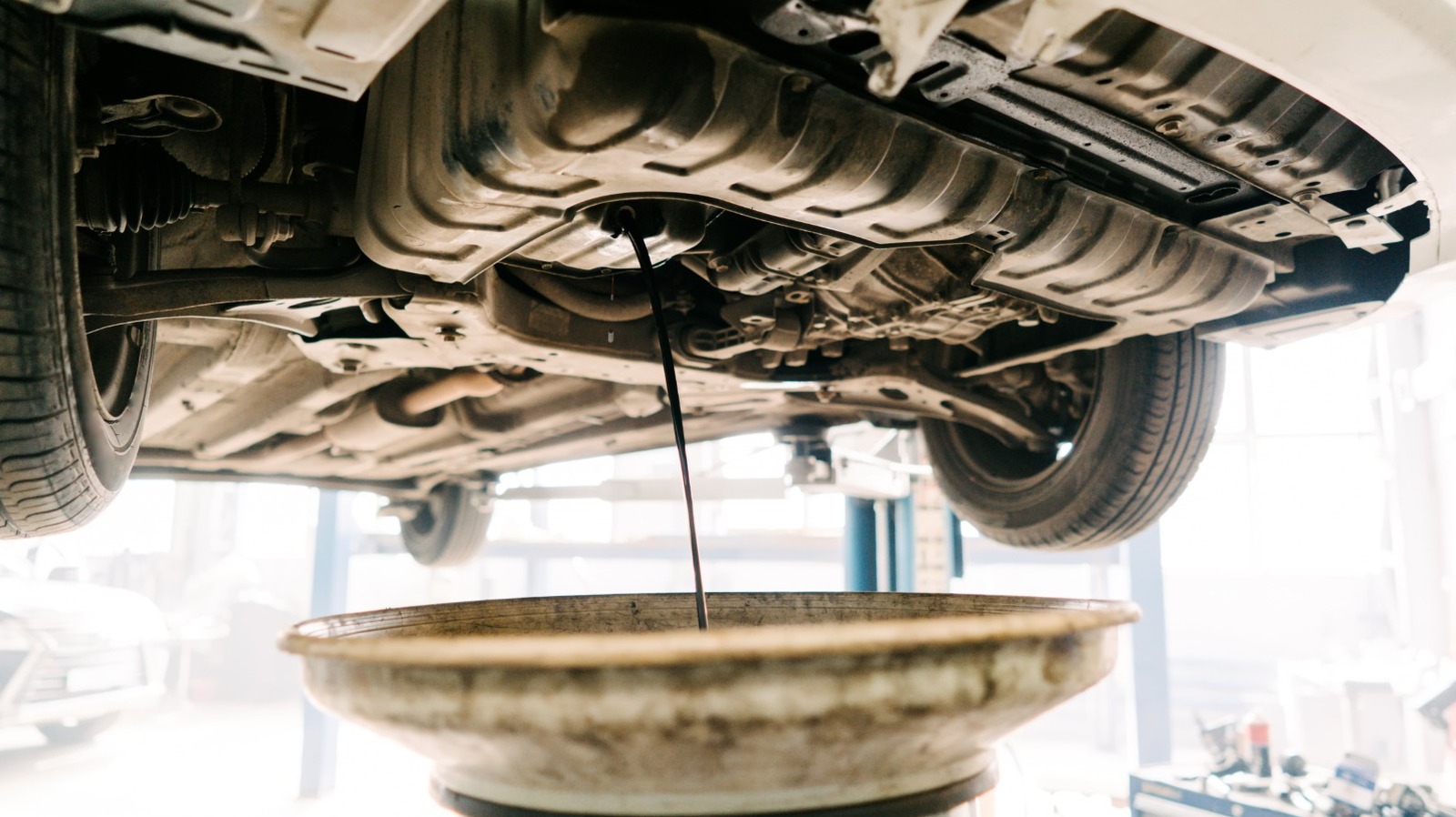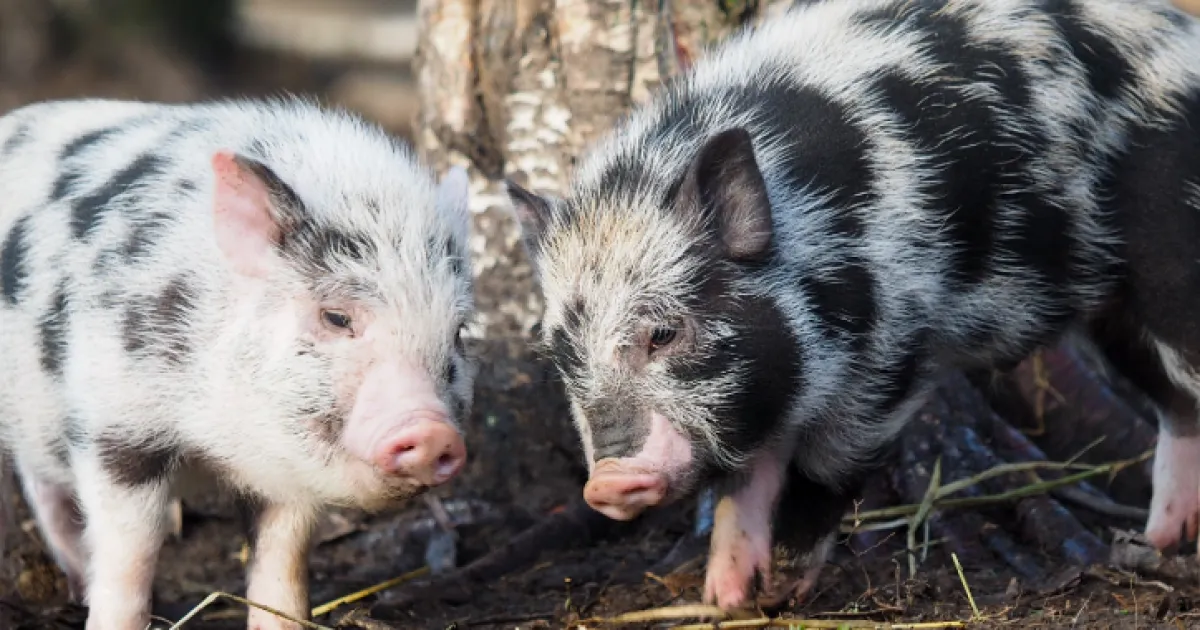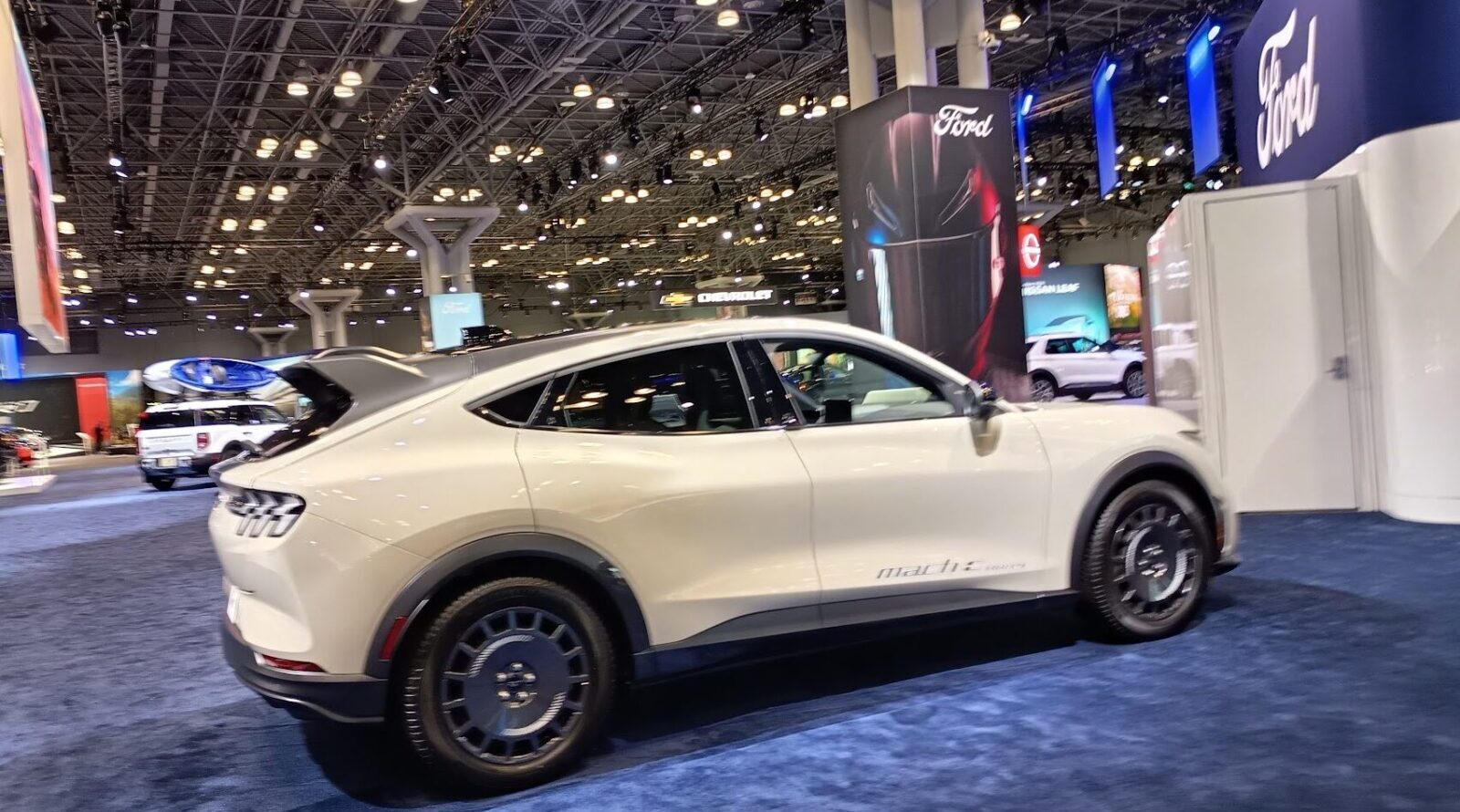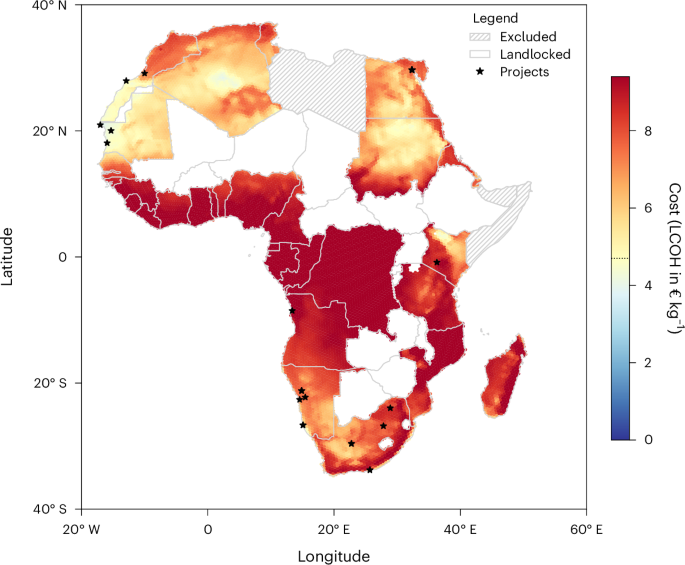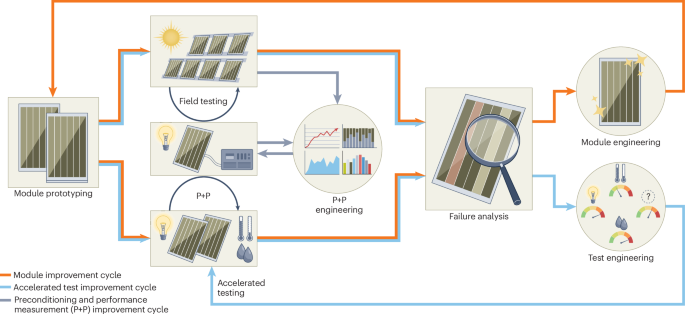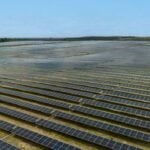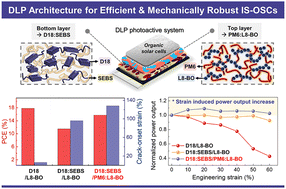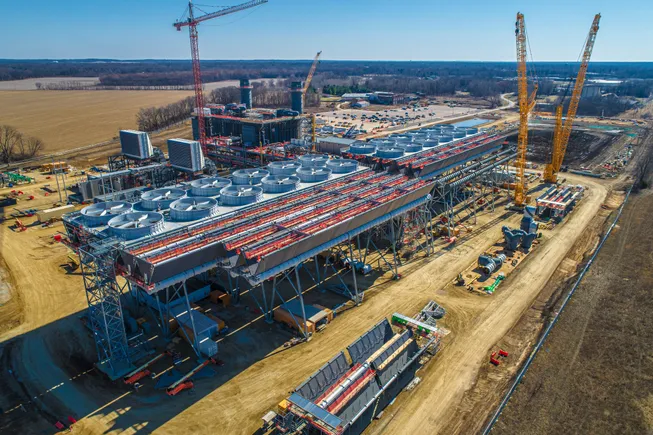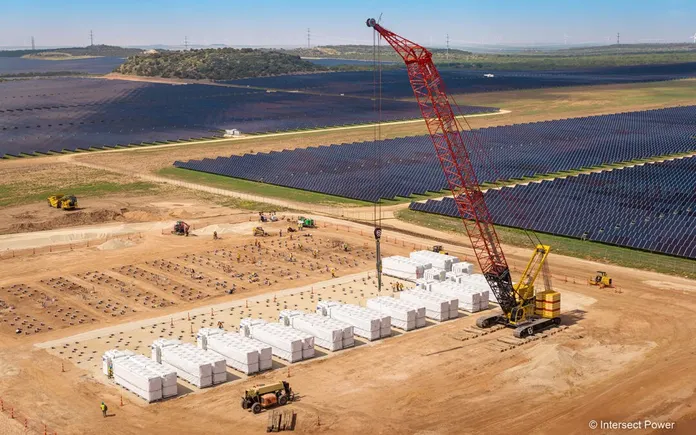Strong and Tough Tendon‐Mimetic Silk Fibroin for Tissue Regeneration
Advanced Healthcare Materials, EarlyView.

A multiscale, tendon-mimetic regenerated silk fibroin scaffold with a preferentially aligned microstructure and superior mechanical properties is fabricated in this article. The aligned microstructure facilitated directional migration of tendon cells and upregulated the expression of tendon-specific proteins. Implantation of this strong and tough silk fibroin scaffold in a rabbit full-thickness Achilles tendon defect model promoted tendon regeneration within 8 weeks.
Abstract
Tendons exhibit outstanding mechanical performance due to their hierarchical and anisotropic structures. Despite notable progress in mimicking anisotropy, developing biomaterials that simultaneously exhibit high strength, and excellent biocompatibility remains a significant challenge. In this study, a novel strategy is proposed to fabricate multiscale, tendon-mimetic regenerated silk fibroin (RSF) scaffold with a preferentially aligned microstructure and superior mechanical properties. This strategy integrates ethanol-annealing to induce β-sheet crystallization (nanoscale), freeze-casting to create aligned microstructures (microscale), and densification to enhance interfacial bonding (macroscale). The synergistic effect of these multiscale structures effectively resists crack propagation, yielding impressive mechanical properties: a tensile strength of 7.8 MPa, elongation at break of 206%, and toughness of 14.52 MJ m−3. Notably, the scaffold is fabricated through a purely physical process, free of chemical modifications or additives, preserving its biocompatibility and suggesting promising clinical potential. This biomimetic RSF scaffold promotes tendon cell adhesion, directional migration, and upregulated expression of tendon-specific proteins. After 8 weeks of implantation in a rabbit full-thickness Achilles tendon defect model, the scaffold effectively promoted realignment of the newly formed collagen fibers, resulting in a regenerated tendon structure that closely resembles native tendon architecture. This study provides insights into the design and manufacturing of high-performance biomaterials.






















